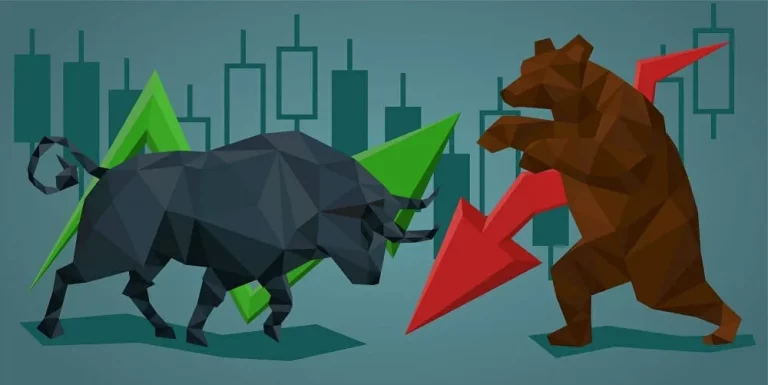Ethereum in Spotlight: Stablecoins, Layer-2 Transactions, and Evolving Governance
The past week has been an eventful one for Ethereum (ETH), the second-largest cryptocurrency by market capitalization. A confluence of factors is conspiring to create an exciting period for Ethereum, marked by the reduced presence of ETH on exchanges, a surge in Layer-2 transactions, the emergence of a new voting system, and more. This article will delve into these developments and their potential impacts on Ethereum’s future.
One development worth noting is the potential beneficial effect of increased profits for stablecoin issuers on Ethereum. Most stablecoins in circulation currently exist on Ethereum, meaning that stablecoin issuers have a vested interest in nurturing the Ethereum ecosystem. The development and prosperity of Ethereum are likely to be reflected in the price of ETH over time.
This vested interest and the anticipated surge in Ethereum’s value might be why the balance of ETH on exchanges recently hit multi-year lows. It appears that holders are hodling – holding onto their ETH in anticipation of the next crypto bull run. This holding behavior is being facilitated by staking, given that staking rewards recently saw an upward trend owing to meme coin fees.
The declining balance of ETH on exchanges could lead to increased volatility in both directions. The less Ether is on exchanges, the easier it is to influence Ether’s price, either up or down. It is also interesting to note that the balance of Bitcoin (BTC) on exchanges has recently started to decline as well, introducing another layer of volatility into the crypto market.
The question that arises is how much more volatile ETH’s price would be if most of its transaction activity were taking place on the main chain. As it stands, transaction volumes on Ethereum’s Layer-2 networks have recently surged. According to l2beat, the total value locked (TVL) on Layer-2s recently hit $10 billion and remains high.
Layer-2 solutions essentially involve processing bundles of transactions off-chain and periodically submitting these bundles of transactions to the main chain for security. Naturally, submitting these bundles to the main chain costs ETH. Data from The Block shows that Layer-2s spent a record amount of ETH for mainnet publishing fees in May.
While Layer-2 transactions may not generate as much ETH demand as main chain transactions, the continued adoption of Ethereum and its Layer-2 solutions could eventually produce enough demand to push ETH prices to all-time highs.
As Ethereum evolves to potentially become the backbone of the new financial system, an important question surfaces: who will govern Ethereum and its Layer-2 solutions? The answer is likely the largest ETH holders and the governance token holders of these Layer-2 solutions.
Crypto venture capital (VC) firms like Andreessen Horowitz, or a16z, will play a significant role in this governance process. Recently, a16z unveiled an anonymous voting system for Ethereum called Cicada. This system uses zero-knowledge proofs to keep a voter’s decision unknown until voting is concluded and to obscure the identity of the person voting. The demand for this kind of technology is high among crypto VCs like a16z, who often have a substantial say in governance processes.
For instance, a16z recently voted against a proposal to deploy Uniswap on the Binance Smart Chain, raising a myriad of questions. Despite the motivation, it’s clear that this type of technology is essential for the next generation of crypto governance.
However, voting systems are not the only necessary technology. A decentralized digital ID is also needed to move away from the current one-token-one-vote system. Projects like Worldcoin are trying to fill this niche.
In conclusion, Ethereum’s landscape is rapidly evolving, with multiple factors shaping its future. The adoption of Layer-2 solutions, changing governance mechanisms, the role of stablecoin issuers, and the declining balance of ETH on exchanges are all playing a part in this transformation. As always, staying informed is crucial in navigating the complex and ever-changing world of cryptocurrency.





